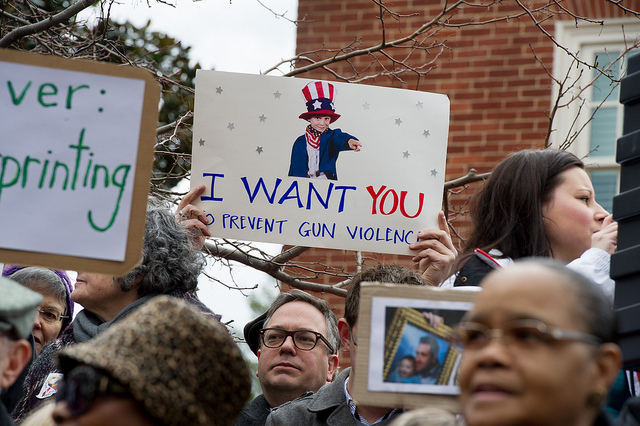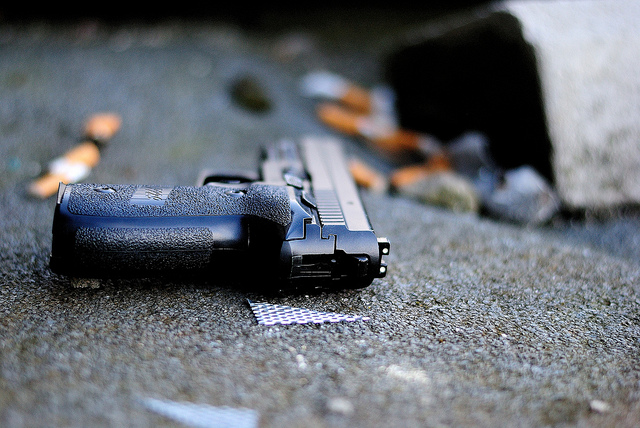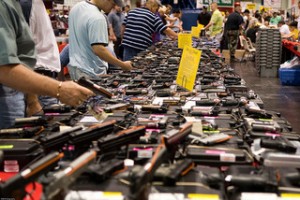- While conversations on gun violence often focus on the need for federal policy changes, new research from Patrick Sharkey (Professor of Sociology and Public Affairs at Princeton) and Megan Kang (PhD Student in Sociology at Princeton) estimates that stricter state gun laws passed from 1991 to 2016 prevented about 4,300 gun deaths in 2016 (approximately 11% of the nationwide total). Laws requiring background checks and waiting periods reduce access to guns. “The challenge of gun violence is not intractable,” Sharkey commented. “In fact we have just lived through a period of enormous progress that was driven by public policy.” This story was covered by The New York Times. In Maine, Michael Rocque, Associate Professor of Sociology at Bates College, recently wrote on gun laws in the state in a recent article in the Boston Globe. He highlighted the importance of balancing gun laws and rights with safety.
- Adia Harvey Wingfield (Professor of Sociology at Washington University in St. Louis) wrote an article for the Harvard Business Review on how organizational culture – a “critical part of how companies set norms, values, and expectations” – affects Black employees. She highlights elements of organizational culture that can make the workplace more inclusive for Black employees, including: 1) encouraging collaboration and teamwork, 2) recognizing distinct experiences, and 3) engaging in conversations about race and inequality.
- An article in The Washington Post examined the record-low U.S. birth rates, quoting multiple sociologists. Karen Benjamin Guzzo (Director of the Carolina Population Center at the University of North Carolina) noted that millennials have faced significant economic hurdles that put them behind on perceived “prerequisites” to having kids. Alison Gemmill (Demographer at the Johns Hopkins Bloomberg School of Public Health) discussed how access to birth control options allows millennials to delay or avoid pregnancy. Sarah Hayford (Director of Ohio State’s Institute for Population Research) noted that “a big part of the uptick in childlessness is delay rather than permanent childlessness. Even among women in their thirties, a lot will go on to have a child.”
- Pete Simi (Professor of Sociology at Chapman University) recently testified in a trial seeking to bar Former President Trump from appearing on the 2024 Colorado ballot. Simi studies extremist groups, and testified that repeated references by Trump supporters to “1776” were “a violent call for revolution” and an example of doublespeak (a tactic used to “urge violence while maintaining deniability”). This story was covered by the Ohio Capital Journal.
- In a new survey funded by ArtTable, Gillian Gualtieri (the project lead and Assistant Professor of Sociology at Barnard College) examined worker experiences in the U.S. arts and culture industry. She found widespread low compensation and high employment-related costs. Overall, women were paid less than men and invested more money in employment expenses, particularly expenses related to personal appearance. One participant reported spending thousands on work clothes because “you can’t show up in a Zara dress when meeting with major clients.” This story was covered by Hyperallergic.












